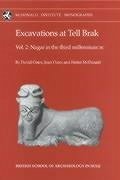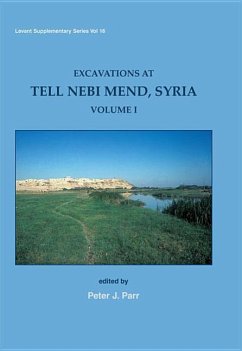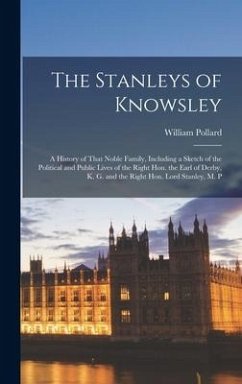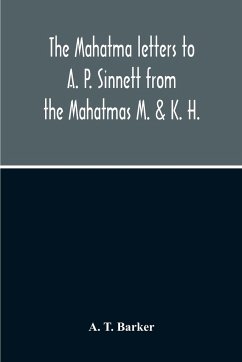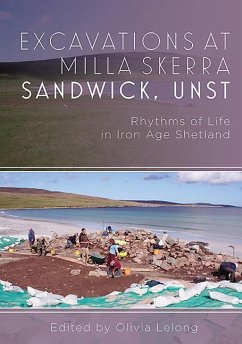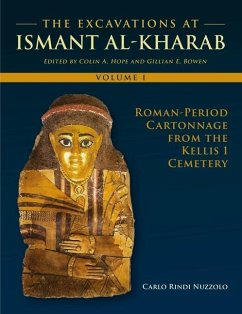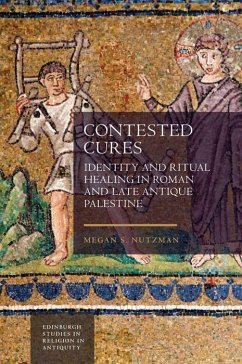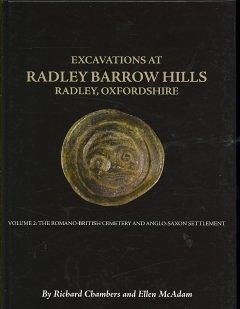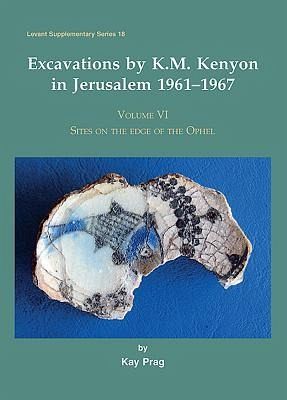
Excavations by K. M. Kenyon in Jerusalem 1961-1967
Volume 6 - Sites on the Edge of the Ophel
Versandkostenfrei!
Versandfertig in über 4 Wochen
72,99 €
inkl. MwSt.

PAYBACK Punkte
36 °P sammeln!
In this volume the principal focus is on the presence/absence of the city walls on the east side of the city from the Iron Age onwards. The evidence for major walls and their structure from Iron Age II to the Byzantine periods in Sites S.II and R.II is described and substantial revisions suggested, as inter alia no evidence for the tenth century/Solomonic date in Site S.II as suggested by E. Mazar was uncovered. The strategic reasons for the location of the northern boundary of the earlier town is discussed in relation to evidence from Kenyon¿s Site H. There is only sparse evidence for the Po...
In this volume the principal focus is on the presence/absence of the city walls on the east side of the city from the Iron Age onwards. The evidence for major walls and their structure from Iron Age II to the Byzantine periods in Sites S.II and R.II is described and substantial revisions suggested, as inter alia no evidence for the tenth century/Solomonic date in Site S.II as suggested by E. Mazar was uncovered. The strategic reasons for the location of the northern boundary of the earlier town is discussed in relation to evidence from Kenyon¿s Site H. There is only sparse evidence for the PostExilic period in both areas. Parts of plastered basement rooms survived the destruction of AD 70. For the Roman period more evidence of the presence of the Roman army in the city is collated, including a possible watch tower, rare fragments of terra cottas and of fine imported South Gaulish pottery. Additionally John Hayes presents the catalogue of all the Late Roman fine wares from all remaining unpublished sites excavated by the Joint Expedition. Site S.II adds a little to the picture of the busy and extensive Byzantine city; and Site R.I provides a glimpse of extramural activities in the eighth/ninth centuries AD. A major contribution to the study of Ayyubid ceramics is provided by an assemblage from a large dump of the period. The analysis of iron working debris from Site L (the Armenian Garden) by Gethin and a reconsideration of the use of that area in Ayyubid and Mamluk times illustrates historical data, with ongoing activity in the late Ottoman period illustrated from Site S.II. The finds of the Ayyubid period were especially interesting for the insight provided into the lives of the inhabitants of the city.



